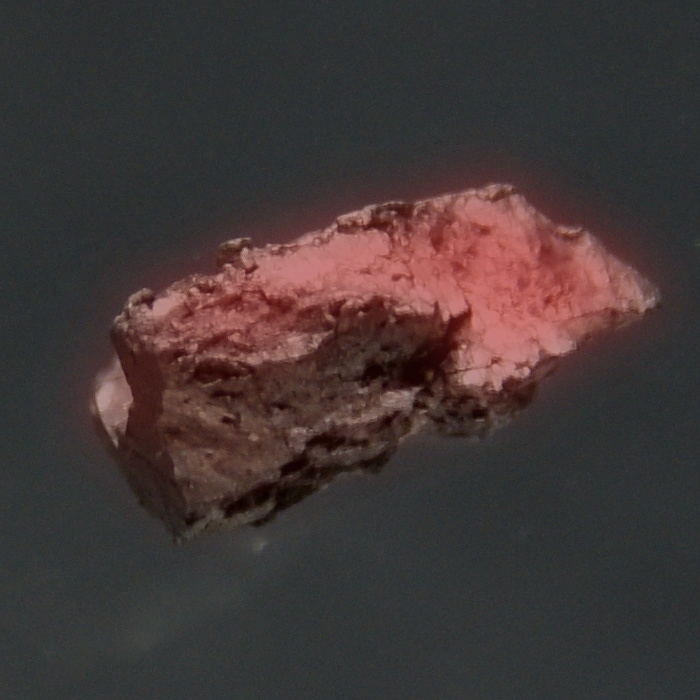Kurij
96
Cm
Skupina
n/a
Perioda
7
Blok
f
Protoni
Elektroni
Neutroni
96
96
151
Opća svojstva
Atomski broj
96
Relativna atomska masa
[247]
Maseni broj
247
Kategorija
Aktinoidi
Boja
Srebrna
Radioaktivan
Da
Kirij je dobio naziv po Marie Curie i njenom mužu Pierreu Curie
Kristalna struktura
Jednostavna heksagonska
Povijest
Curium was discovered by Glenn T. Seaborg, Ralph A. James and Albert Ghiorso in 1944 at the University of California, Berkeley.
It was produced by bombarding plutonium with alpha particles during the Manhattan Project.
Curium metal was produced only in 1951 by reduction of curium fluoride with barium.
It was produced by bombarding plutonium with alpha particles during the Manhattan Project.
Curium metal was produced only in 1951 by reduction of curium fluoride with barium.
Elektrona po ljusci
2, 8, 18, 32, 25, 9, 2
Elektronska konfiguracija
[Rn] 5f7 6d1 7s2
Kurij se nakuplja u kostima, plućima i jetri, gdje potiče razvoj raka
Fizikalna svojstva
Agregacijsko stanje
Čvrsto
Gustoća
13,51 g/cm3
Talište
1613,15 K | 1340 °C | 2444 °F
Vrelište
3383,15 K | 3110 °C | 5630 °F
Toplina taljenja
n/a kJ/mol
Toplina isparavanja
n/a kJ/mol
Specifični toplinski kapacitet
- J/g·K
Zastupljenost u Zemljinoj kori
n/a
Zastupljenost u svemiru
n/a

CAS broj
7440-51-9
PubChem CID broj
n/a
Atomska svojstva
Atomski radijus
174 pm
Kovalentni radijus
169 pm
Elektronegativnost
1,3 (Paulingova ljestvica)
Potencijal ionizacije
5,9915 eV
Atomski volumen
18,28 cm3/mol
Toplinska vodljivost
0,1 W/cm·K
Stanja oksidacije
3, 4
Primjene
Curium is mainly used for scientific research purposes.
Curium is a common starting material for the production of higher transuranic elements and transactinides.
The most practical application of 244Cm is as α-particle source in the alpha particle X-ray spectrometers (APXS).
Curium is a common starting material for the production of higher transuranic elements and transactinides.
The most practical application of 244Cm is as α-particle source in the alpha particle X-ray spectrometers (APXS).
Curium is harmful due to its radioactivity
Izotopi
Stabilni izotopi
-Nestabilni izotopi
233Cm, 234Cm, 235Cm, 236Cm, 237Cm, 238Cm, 239Cm, 240Cm, 241Cm, 242Cm, 243Cm, 244Cm, 245Cm, 246Cm, 247Cm, 248Cm, 249Cm, 250Cm, 251Cm, 252Cm